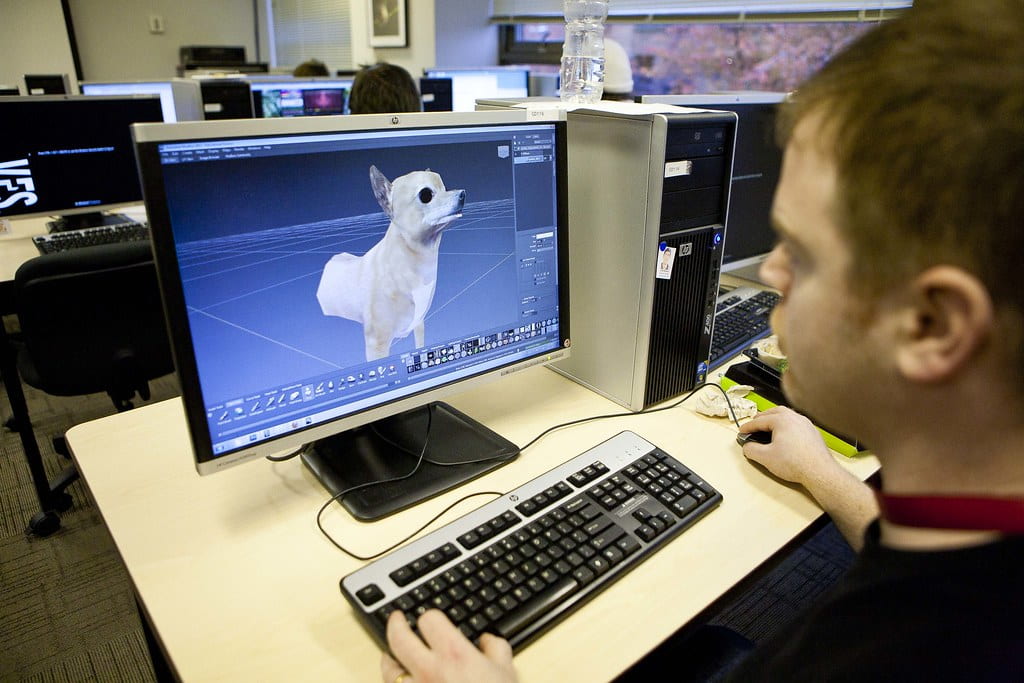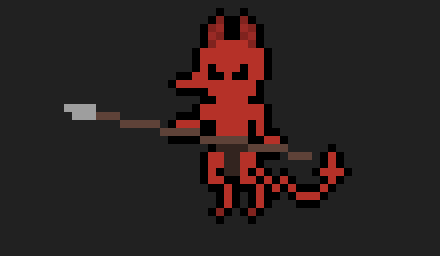SUMMARY
Role
Character Artist
Intention (SMART Goal)
By March 1, as the character artist, I will learn how to UV Unwrap in order to apply textures by following this tutorial.
PRE-PRODUCTION – INQUIRY
Leader(s) in the Field / Exemplary Work(s)
Training Source(s)
- 1:33 Add Texture onto Object
- 3:49 Default UV Map on Objects
- 5:00 Object Editing Effects the UV Map
- 6:11 Preview the UV Maps
- 7:48 Editing the UV Maps
- 9:46 UV Unwrapping the Mesh
- 12:31 Smart UV Project
- 14:21 Project From View
- 17:12 Adding Seams (UV Map a Cube)
- 22:28 Adding Seams (UV Map a Cylinder)
- 27:07 Ripping the Faces
- 29:15 Applying Objects Scale
Project Timeline
- Select edges to unwrap
- unwrap edges
- Fix any mistakes
- Choose either Find Textures or Make textures
Find textures
- Find free textures to use as cloth, skin, hair
- Apply textures
Make Textures
- Color in Texture Edit
- Find a way to export in high res
- Apply texture
Evidence of Team Planning and Decisions
PRODUCTION – ACTION
The (FILM, SOUND, or GAME Creation)
Our game is still in production, and we don’t have a prototype yet.
Skills Commentary
Here’s our slideshow
POST-PRODUCTION – REFLECTION
21st Century Skills
Ways of Thinking (Creativity, Innovation, Critical Thinking, Problem Solving)
In this session, I had to make a hard choice. I completed my SMART goal a lot faster than I thought I would, so I dived into the next thing I had to do, which was animation. I realized there was a problem, to make animations for an FPS, the arms and legs have to have completely different animations. Neither Arlo nor I know how to do this. On top of that, the model I made didn’t look good next to the gun models we were using. We realized to complete our project with functional animations and cohesive art, we’re going to have to use public sources. So we scrapped the model I made and decided to use models and animations from mixamo.com. We will still be making animations of our own, as we will be modifying the current animations for each gun.
Ways of Working (Communication & Collaboration)
Arlo has been a big help this session. Since we’re going to be making reloading animations for each gun, Arlo has taught me a lot about animating. He’s been a big help, and I’m glad he’s on our team.
Tools for Working (Info & Media Literacy)
I’ve been learning how to export assets from the unity store and Mixamo. For the unity store, it will send the asset to a unity project, and you have to export it from there. To download an asset from Mixamo, you can download it in FBX and import it to Blender that way.
Ways of Living in the World (Life & Career)
This session has taught me that sometimes, you have to completely scrap something. We could have kept the model I made, and ended up with a worse project but maybe I learn a little more, or we can use a model online and make a better product and I still learn a lot.
Reactions to the Final Version
Our game is still not ready to have others playtest, but the advisors, Lin and Nellie, said they wish to see our game when it is ready and that our game seems promising.
Self-Evaluation of Final Version
Even though we’re scrapping my model, I’m still proud of myself for making it. I had to learn a lot to make it, rig it, and texture it, and I think I did a good job. However, using Mixamo models is logically just the better choice, and they should work great for our game.
I’ve gotten to play the game we’re making, and it’s really fun. Somethings we need to work on further and fix, but hopefully, it should be ready for others by the end of the next session.
Grammar and Spelling
Grammarly
Editor
John Zickuhr

